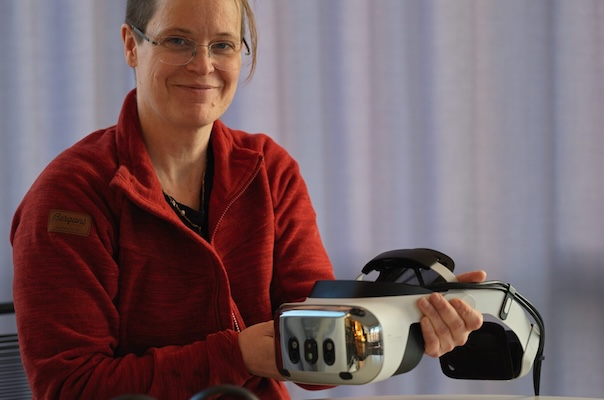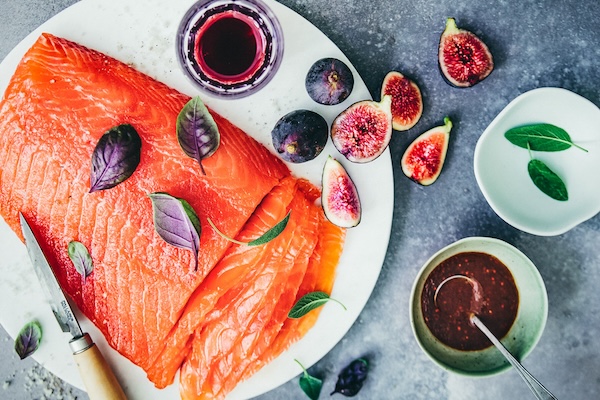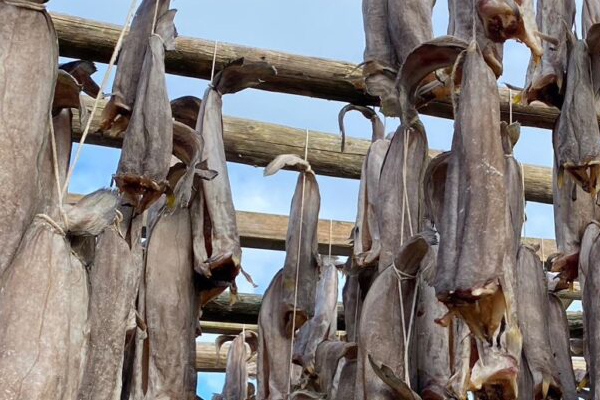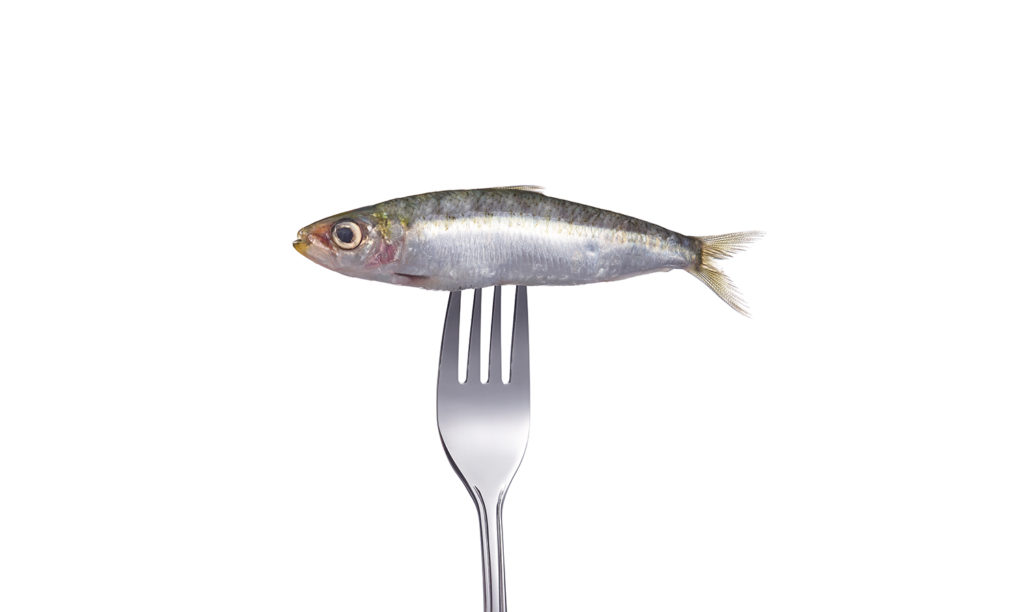Norwegian study using virtual reality underscores the need for clearer seafood labels

Despite growing awareness of sustainable food choices, young adults are eating less seafood – a puzzling trend that researchers at the Norwegian food research institute Nofima set out to explore.
To dig deeper, the scientists turned to virtual reality (VR), creating a lifelike digital replica of a Norwegian supermarket. This immersive experience allowed participants to shop as they would in real life, helping researchers uncover the subconscious factors shaping their seafood choices.
This VR technology provided a detailed view of participants’ shopping behavior. Eye-tracking data revealed which products drew attention, while interviews highlighted how taste, habits and the perceived complexity of choices influenced decisions.
“There is great potential for using VR as a research tool in market research,” said Kamilla Bergsnev, a researcher at the food research institute Nofima. “We can observe behavior in a more detailed way than we can do in physical grocery stores.”
In the VR store, 18 young adults (ages 18–35) selected two seafood products from nine options: salmon, Norwegian cod, gourmet cod, fish casserole, shrimp, saithe, pickled herring and whale. Wearing VR headsets that tracked eye movements and sensors that measured emotional arousal, they navigated the virtual store, interacting with products labeled with “Nyt Norge,” “Nøkkelmerke” and MSC (Marine Stewardship Council), including one with an enlarged MSC label. Researchers analyzed how participants engaged with labels and products, then interviewed them about their choices and views on seafood sustainability.
The study found that taste and habit largely drove participants’ choices, with salmon, trout and Norwegian cod being the most popular selections. Salt-cured herring, however, was not chosen by anyone. Eye-tracking data revealed that participants focused primarily on the brand, origin labels like “Norwegian” and product images rather than sustainability certifications. Their selections reflected familiar preferences rather than conscious consideration of labeling.
“Our cooking skills play an important role when we as consumers choose what to buy to eat,” said Kamilla Bergsnev, a researcher at the food research institute Nofima. “Many people tend to choose what they have the most experience with. Several participants regarded salmon and trout as easier and faster to prepare than other types of fish. This may be related to the heavy investment in advertising for salmon in recent years.”
Can handheld DNA testing technology stand up to seafood fraud?
In interviews, some participants cited price as a key deciding factor, even though none were shown in the VR store. One participant assumed a low-price brand was the most affordable and chose it for that reason.
While many expressed a desire to make sustainable choices, they found it challenging on a student budget and perceived sustainable products as more expensive. Most participants valued the origin of seafood, viewing Norwegian products as more sustainable. Several also mentioned reducing food waste, often buying items near expiration due to discounts.
“Several also expressed skepticisms toward fish farming and referred to a lot of negative media coverage,” said Bergsnev. “However, they still often chose farmed salmon or trout in the VR store. This was justified by several as being difficult to find wild-caught salmon and trout in general. Many were also concerned about how the seafood was produced. Several said they preferred products such as fillets over processed products such as fish casserole, and many were skeptical of ultra-processed food.”
About half of the participants prioritized health when choosing seafood, and most expressed a desire to eat more seafood than they currently do. When asked if their seafood choices aligned with their values, such as sustainability or animal welfare, many participants found it challenging, often feeling frustrated or hopeless. Only a few said they felt confident in their choices.
“It was clear that the majority of participants have a desire to choose more sustainably when they shop for food, but they find it a difficult or impossible task,” said Bergsnev. “Many said they did not know what is sustainable or not and pointed to a lot of contradictory information.”
Many participants wanted clearer, more visible sustainability information on packaging, preferably from authorities rather than commercial sources. However, eye-tracking and interviews revealed limited knowledge of existing labels. While some recognized “Nøkkelhull” and “Nyt Norge,” few were aware of the MSC sustainability label, and only two noticed it on products. Most prioritized labels indicating Norwegian origin, such as the national flag, when making their choices.
“Several of the young participants do not want market-driven systems to determine what is sustainable seafood,” said Bergsnev. “Several expressed lacked trust in various forms of food labeling, especially when they came from commercial actors. They had great trust in the authorities in Norway. We cannot generalize the findings in the VR test to apply to all young adults in Norway, but we should investigate this further.”
Now that you've reached the end of the article ...
… please consider supporting GSA’s mission to advance responsible seafood practices through education, advocacy and third-party assurances. The Advocate aims to document the evolution of responsible seafood practices and share the expansive knowledge of our vast network of contributors.
By becoming a Global Seafood Alliance member, you’re ensuring that all of the pre-competitive work we do through member benefits, resources and events can continue. Individual membership costs just $50 a year.
Not a GSA member? Join us.
Author
Tagged With
Related Posts

Responsibility
Experts urge UK to embrace local fish for better health and to achieve climate goals
Boosting seafood consumption of local fish in the UK can improve health and meet climate goals, concludes a new study.

Intelligence
Could better consumer access boost cusk consumption in Norway?
Cusk could become a commercial success with expanded availability and marketing strategies, Norwegian researchers conclude.

Intelligence
Psychology study reveals why pescatarians prefer fish
University of Stirling researchers find that pescatarians’ preference for fish over land animal meat is rooted in perceived distance.

Health & Welfare
Study ties animal welfare practices to consumer purchasing
There’s an opportunity to expand the U.S. market for farmed seafood if the aquaculture industry were to more widely adopt humane production practices, according to a study by Changing Tastes and Datassential.



